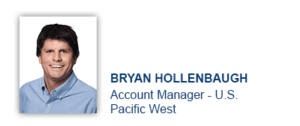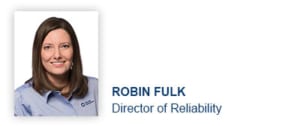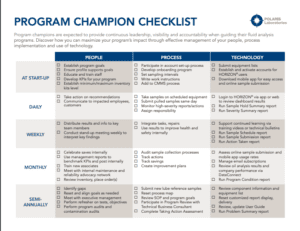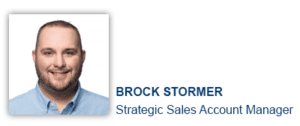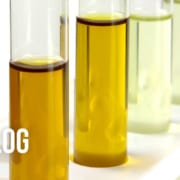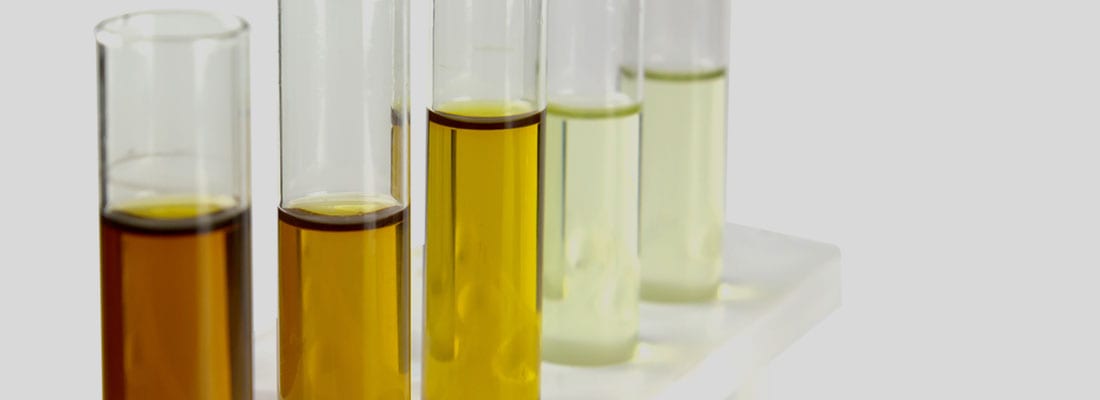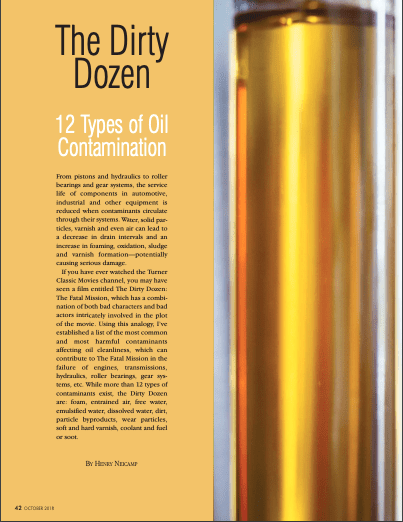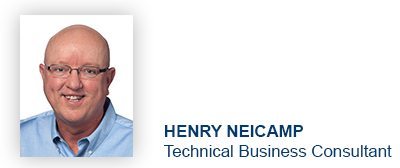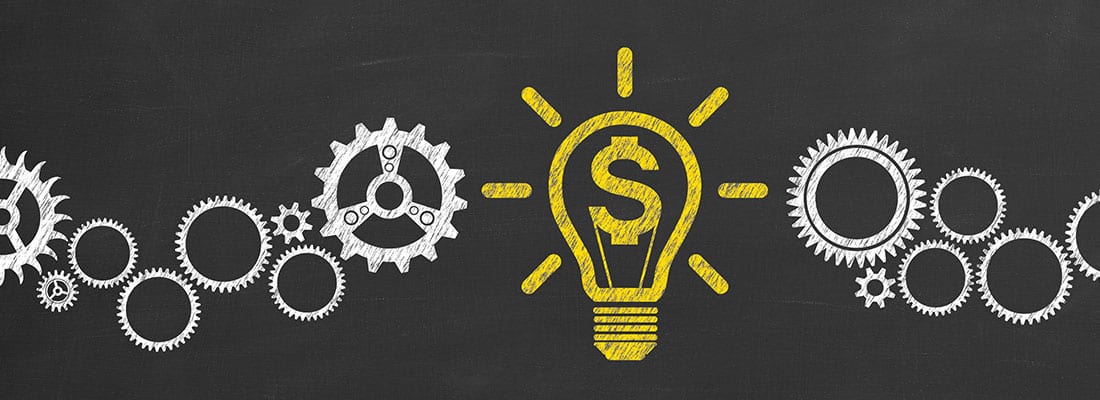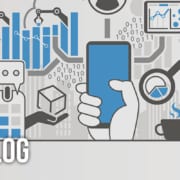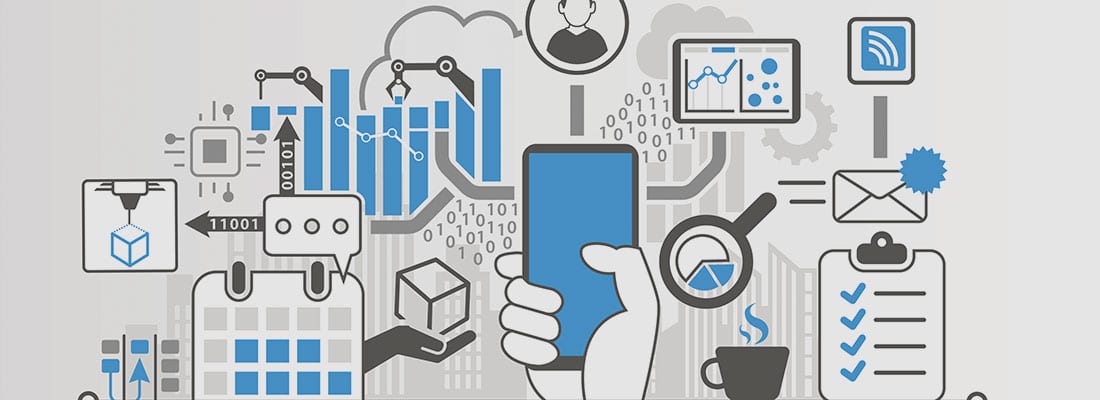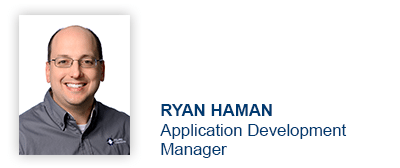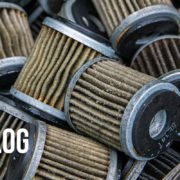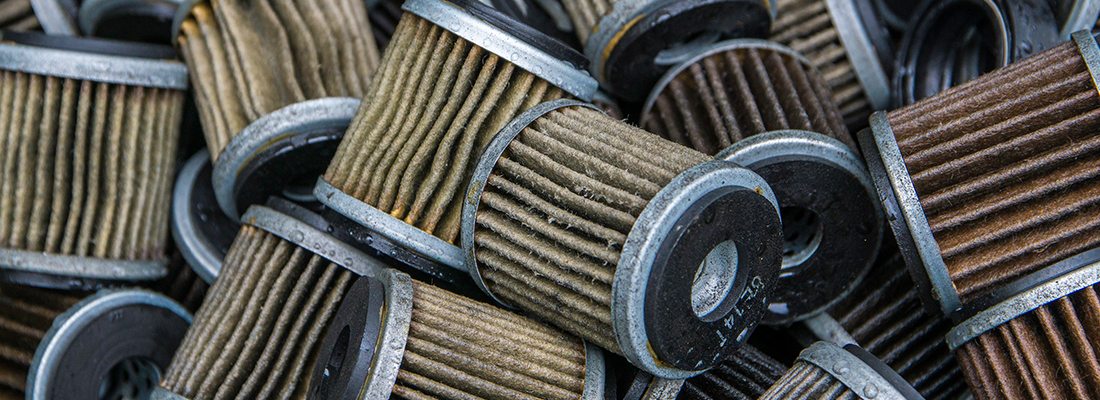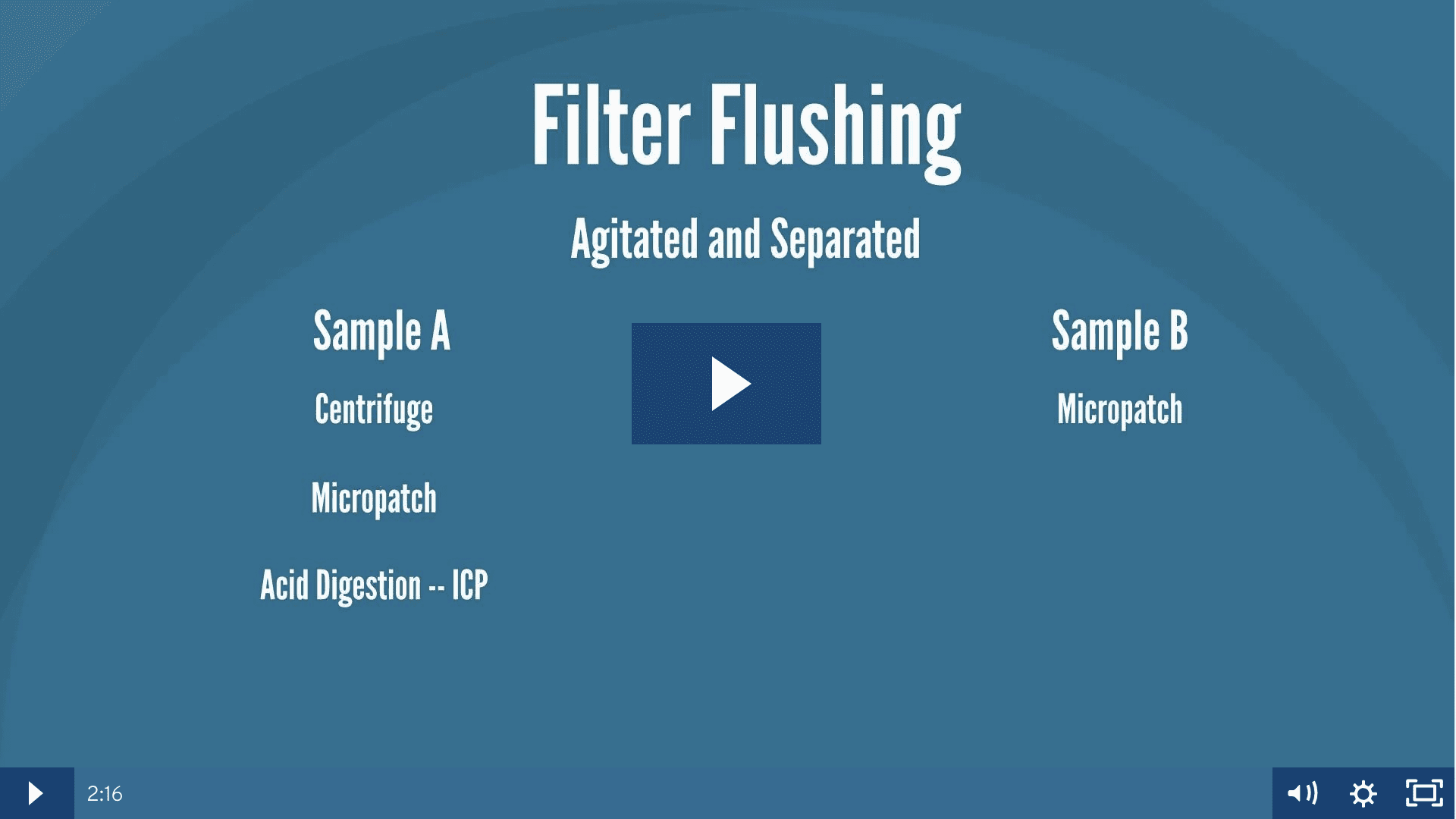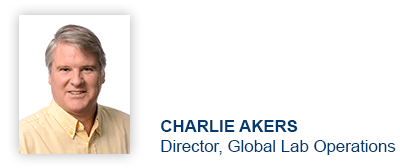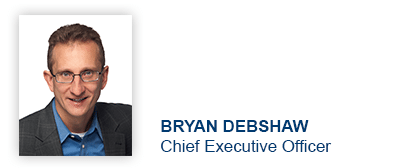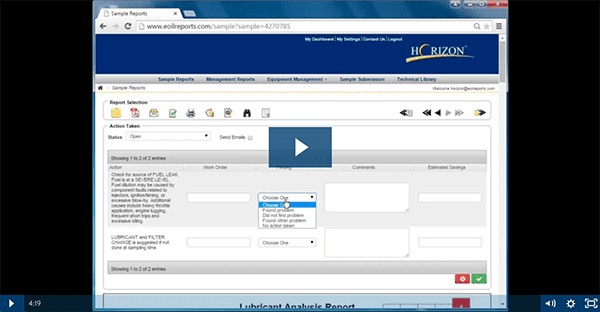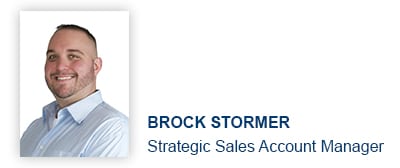Take Your Fluid Analysis On The Go

The need and desire for people to have access to information continues to be in demand for many industries – and predictive maintenance is one of them. Utilizing HORIZON®, POLARIS Laboratories® program and data management system, creates viable solutions for saving time and equipment. HORIZON can be accessed with personal computers and mobile devices, including tablets and smart phones. The application is compatible with Apple and Android devices.
Take Your Fluid Analysis On The Go
The features and benefits of HORIZON mobile allows you to perform fluid analysis-related tasks and manage your program in the field:

-Remotely submit sample information
-Utilize management reports
-Receive sample status alerts
-See faster total turnaround time (TAT) for sample results
-Quickly review previous sample reports and specific recommendations
The mobile application’s best benefit is the ability to submit sample information remotely. This can be performed while the user is performing routine maintenance and sampling – right at the component. This results in fewer errors and time savings. Submitting samples online also moves your sample to the front of the laboratory testing queue, expediting your turnaround time – getting you your results faster.
What’s New in the App
Download or update your app to experience the latest added feature: component transfer. The mobile app now
allows you to transfer components between pieces of equipment – letting you manage your
equipment faster and easier.
Going Mobile
From mobile banking to meal delivery to staying connected with your friends and peers, our lives are becoming more and more connected through mobile apps and devices – so it only makes sense to take your predictive maintenance program mobile, too. HORIZON mobile app can improve your ROI, lower your maintenance costs and it is a free service when you partner with POLARIS Laboratories® for your fluid analysis services.
Proven Impact. Proven Uptime. Proven Savings.
Let us prove it to you.
Published January 29, 2019




